Table of Contents
Chipko Movement
The Chipko movement, also known as the Chipko Andolan, was a nonviolent social and environmental movement launched by rural Indian peasants, mostly women, in the 1970s. Its goal was to save forests and trees from government-sponsored logging. In 1973, the movement began in the Indian Himalayan region of Uttarakhand, which was at the time a part of Uttar Pradesh. The activists’ principal strategy of embracing trees to obstruct loggers is reflected in the Hindi word chipko, which means “to hug or to cling to.”
Chipko Movement in India “Chipko Andolan”
“Chipko” or “chip jayenge” in Hindi means “to hug.” The locals viewed the “Chipko” conflict as a struggle for survival. The institutions and the actions of the State have robbed people of their fundamental rights. Additionally, the locals’ attention to detail, the role of women in protecting the home and family, and the enormous support for the anti-alcohol campaign have led to the overwhelming support of women.
Read: 11 Fundamental Duties of India
What is Chipko Movement History?
The Indian state of Uttar Pradesh had a rise in growth after the Sino-Indian border dispute ended in 1963, particularly in the rural Himalayas. Many foreign-based logging businesses sought access to the area’s abundant forest resources, and these companies were drawn by the internal roads built for the collision. Despite the fact that rural villagers significantly relied on forests for both direct and indirect services including food and fuel, water purification, and soil stability, government policies hindered them from managing the land and denied them access to timber. Numerous commercial endeavours resulted in poor management, lower agricultural yields, water resource depletion in clear-cut forests, and increased flooding in the neighborhood.
Learn more: Fundamental Rights of the Indian Constitution
A cooperative association was founded in 1964 by environmentalist and Gandhian social activist Chandi Prasad Bhatt to create small-scale industries for rural residents using regional resources. Heavy rains brought on by industrial logging in the area in 1970, which resulted in the deaths of over 200 people, forced the DGSM to reevaluate its position. The first Chipko demonstration took place in the upper Alaknanda valley in April 1973, close to Mandal village. When the government approved a business that was even bigger, a sports goods manufacturing, villagers were refused access to small-scale trees to create agricultural implements. Chandi Prasad Bhatt led the locals into the forest and forbade them from embracing the trees when his plea was denied. After many days of protests, the government revoked the company’s logging permits and allowed the original allocation requested by the DGSM.
Must know: The Champaran Satyagraha
As a result of the constituency’s success, DGSM activist and neighbourhood environmentalist Sundarlal Bahuguna started explaining Chipko’s tactics to residents of other nearby villages. The plan to chop more than 2,000 trees close to Rainy hamlet in 1974 sparked one of the following significant demonstrations. The government summoned residents from adjacent villages to the nearby town for compensation following a significant student-led protest, claiming that the woodcutter should be let proceed without resistance. Gora Devi led them to the village’s ladies, who wouldn’t let them leave the jungle and eventually forced the woodcutter to retreat. The state government formed a commission to look into the Alaknanda Valley’s deforestation in response to Gora Devi’s action and ultimately banned commercial entry for 10 years.
Chipko Movement Year
The Chipko movement started to take shape as a movement for women’s and peasant rights, despite the fact that the numerous protests were primarily decentralised and autonomous. In addition to “tree-hugging,” Chipko protesters employed a variety of other satyagraha-inspired tactics (non-violent resistance). For instance, Bahuguna fasted for two weeks in 1974 to protest government’s forest policy. In the Tehri Garhwal district in 1978, Chipko activist Dhoom Singh Negi organised a demonstration against the auction of the Advani Forest. The Bhagavad Gita was recited as local women adorned the trees with sacred threads. To protest their exploitation, the resin-tapped chrysanthemum (Pinus Roxburgh) was tied to a turban in other places. Woodcutter tools and the remaining revenues were seized in Pulna hamlet of Bhuntar Valley in 1978 under the pretext that the ladies had left the forest. More than 150 villages are thought to have been involved in the Chipko movement between 1972 and 1979, which led to 12 significant demonstrations and a number of smaller ones in Uttarakhand. Commercial looting in the Himalayas of Uttarakhand was outlawed for 15 years in 1980 at the request of Indian Prime Minister Indira Gandhi to Bahuguna. Similar limitations were put in place in East Uttaranchal and Himachal Pradesh.
Read more: Current Social Issues In India 2022
Chipko Movement Images
Chipko movement images are given below.
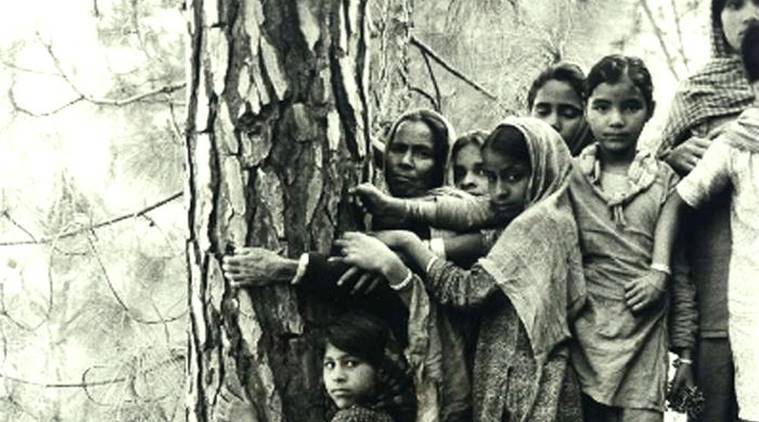
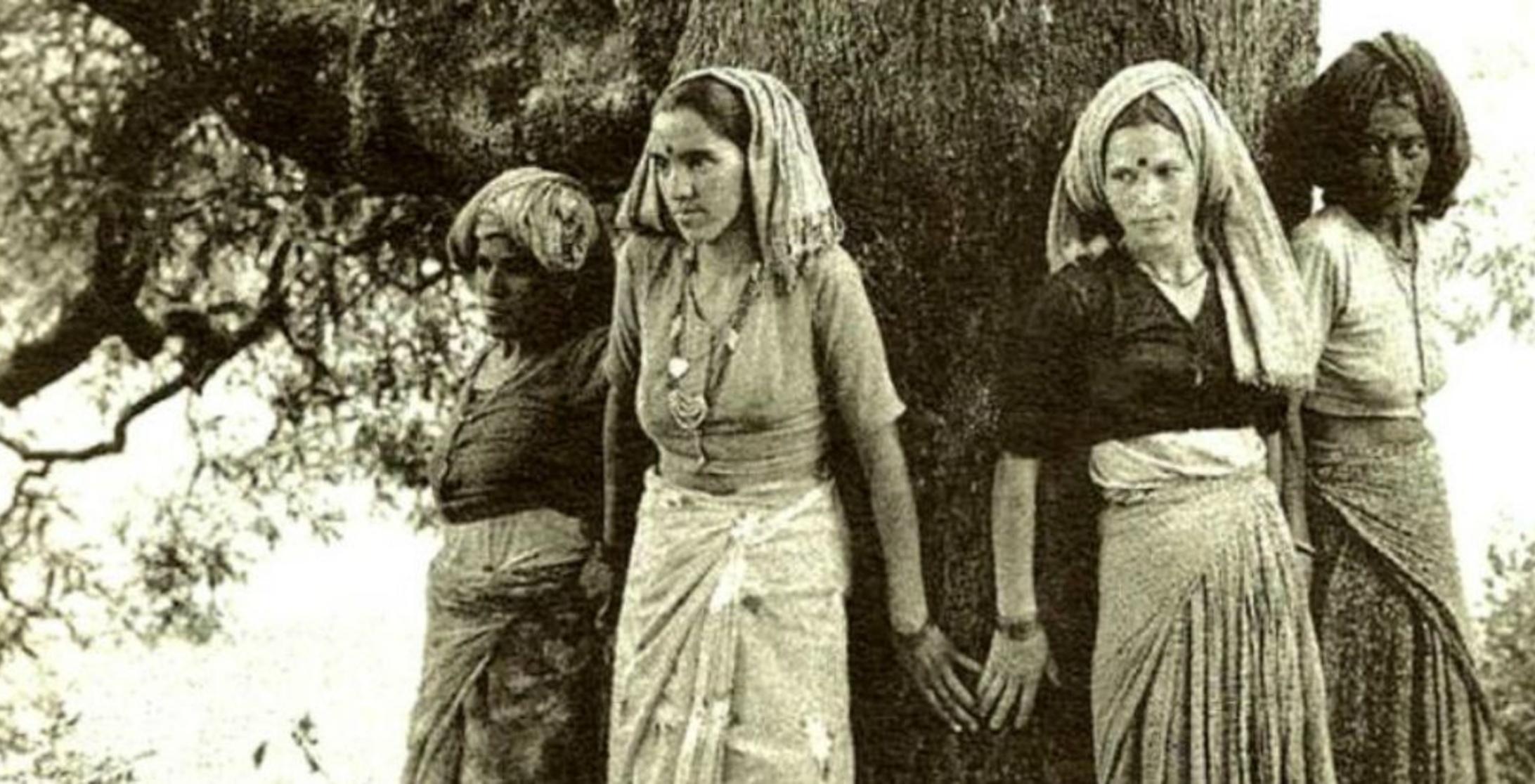
Who led the Chipko Movement?
- Chipko movement was led by Sunderlal Bahuguna, a Gandhian and an environmentalist.
- Additionally, he is credited for coming up with the Chipko slogan, “Ecology is the Permanent Economy.”
- Later, during the 1970s Chipko movement, he propagated the notion that ecology and ecosystems are more important.
- He also thought that nature and the economy should coexist.
- Sundarlal Bahuguna enlightened the residents by highlighting the importance of trees in the ecology since they stop soil erosion, provide clean air, and bring forth rain.
- Prime Minister Gandhi’s decision to enact the 1980 green-felling ban was also influenced by Bahuguna.
Must know: Freedom Fighters of India
Chipko Movement Leader
Chipko movement was led by Sunderlal Bahuguna, a Gandhian and an environmentalist.
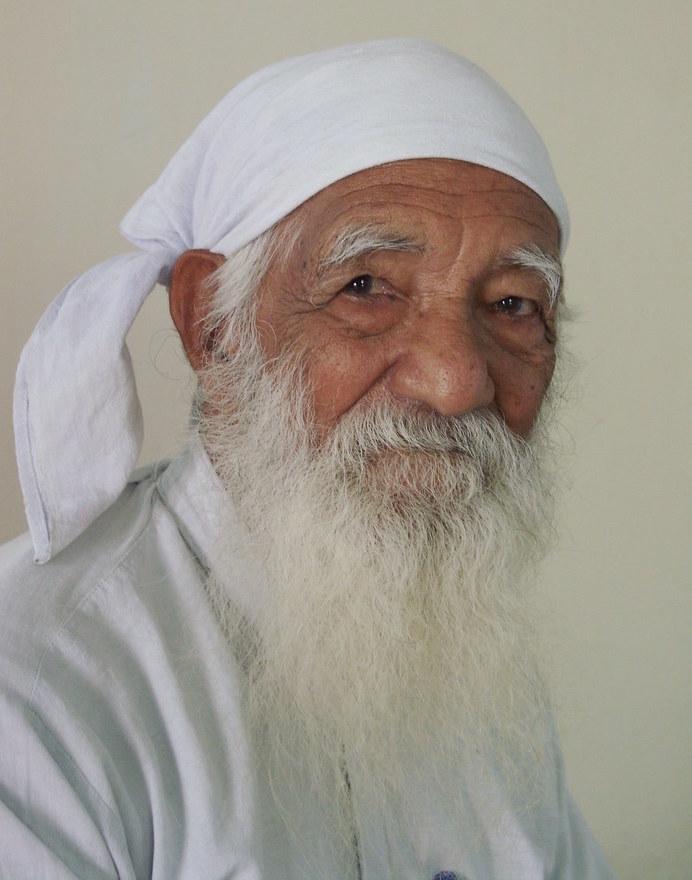
What is the main objective behind the Chipko Movement?
The conflict between China and India in 1963 led to significant infrastructure developments in the formerly heavily forested region, which is where the tale of Chipko Andolan begins. These forests provided food and fuel to the local inhabitants that lived close to them. As infrastructure developed, multinational logging corporations started eying the lush, green forests that were still unaffected in Uttar Pradesh (modern-day Uttarakhand), and they began using these forests for profit…………….
Chipko Movement PDF
A PDF of Chipko Movement is given below, candidates can download it for future reference.
Click here to read the full story and download the PDF
Chipko Movement Purpose
The Chipko movement started in the Uttarakhand village of Reni in the Garhwal region. The purpose of the chipko movement was to embrace and safeguard the trees rather than permit their removal. The Chipko Andolan was another name for the chipko movement. Rapid community and media adoption of the Chipko movement led to the forest-based administration reevaluating its goals in the interest of forest output. As a result of the communities’ involvement, the forests are now managed effectively.
Chipko Movement Conclusion
An eco-feminist movement that stands out is the Chipko Andolan. Women made up the core of the campaign because they were the group most immediately impacted by the scarcity of firewood and drinking water brought on by deforestation. Protest is a crucial and effective force for social change. Rapid deforestation in 2017 over the century-old trees that practically formed a canopy in Jessore Road of the district of North 24 Parganas, West Bengal, triggered a large-scale movement that led to a campaign by the local population to save 4000 trees, following in the footsteps of the Chipko movement.
Download the ADDA247 APP for your complete Exam Preparation, Free Tests & many more: Adda247

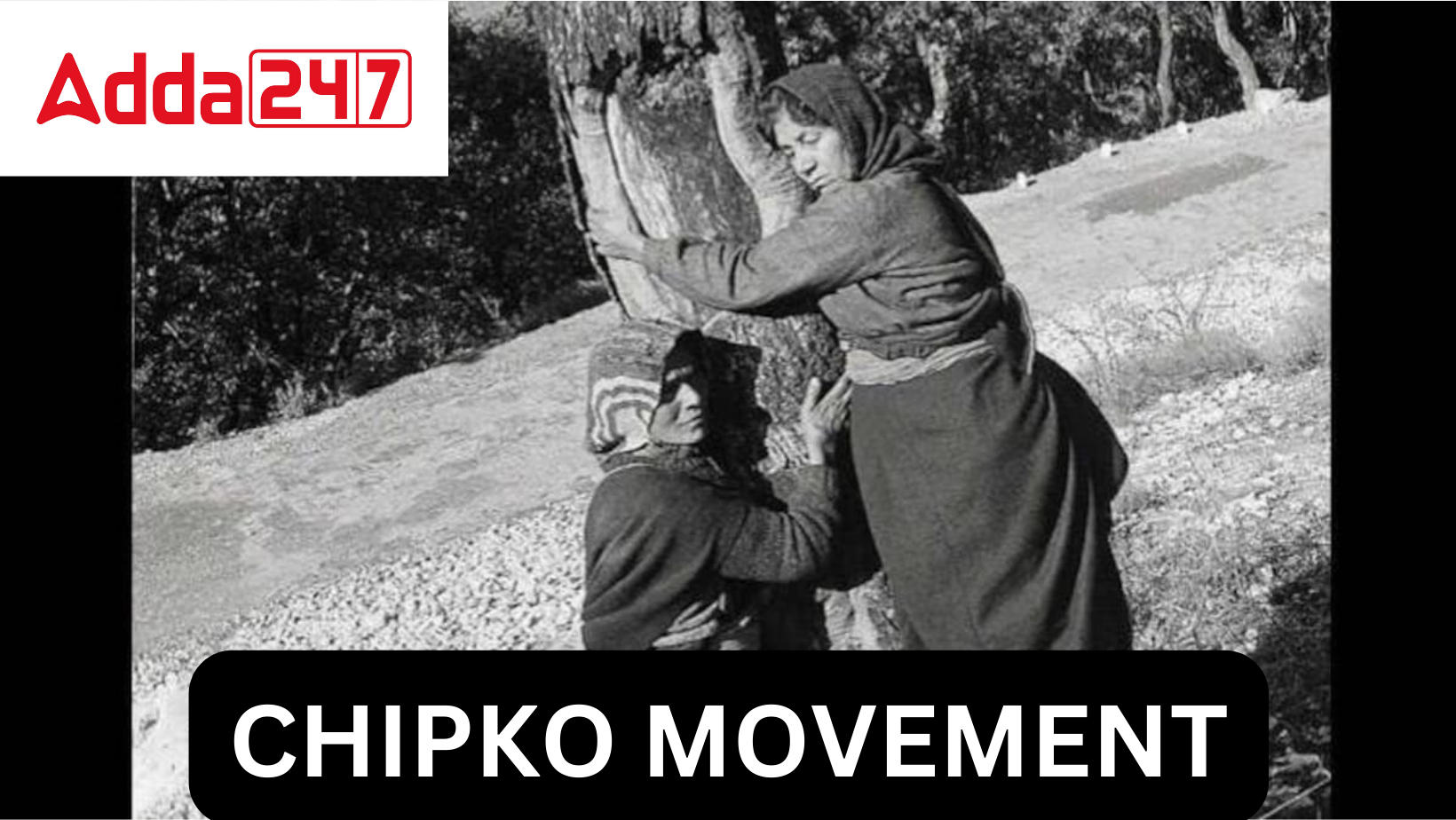

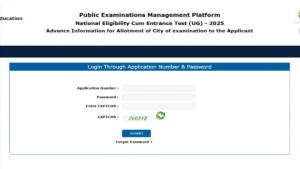 NEET City Intimation Slip 2025 Available...
NEET City Intimation Slip 2025 Available...
 Assam HS Result 2025 Out Today, Check AH...
Assam HS Result 2025 Out Today, Check AH...
 TS 10th Results 2025 OUT Today, Check BS...
TS 10th Results 2025 OUT Today, Check BS...










